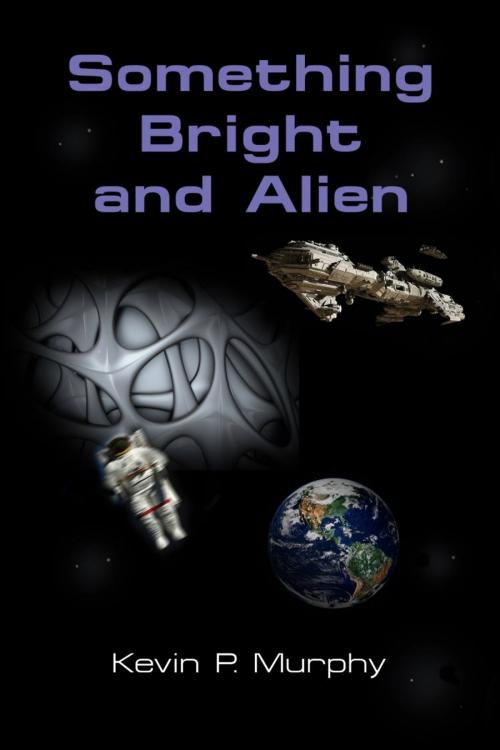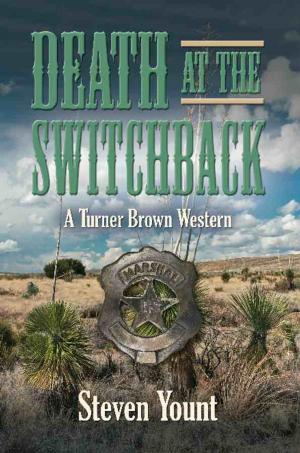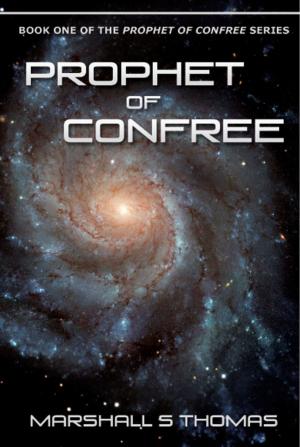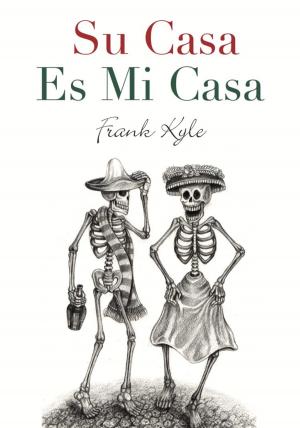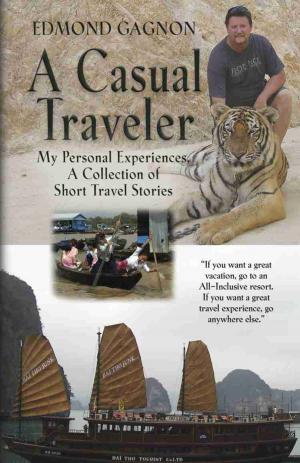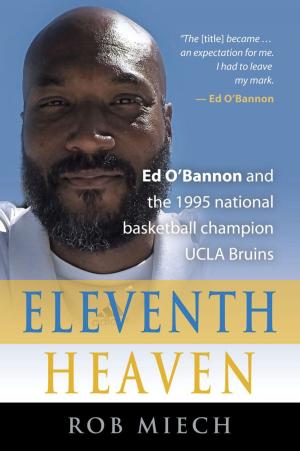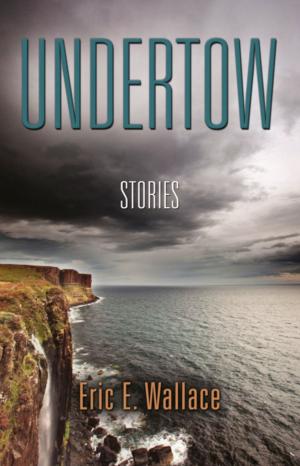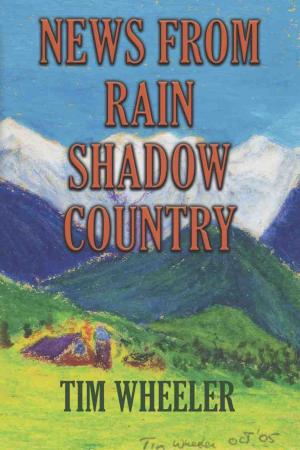| Author: | Kevin P. Murphy | ISBN: | 9781632632890 |
| Publisher: | BookLocker.com, Inc. | Publication: | July 12, 2014 |
| Imprint: | Language: | English |
| Author: | Kevin P. Murphy |
| ISBN: | 9781632632890 |
| Publisher: | BookLocker.com, Inc. |
| Publication: | July 12, 2014 |
| Imprint: | |
| Language: | English |
When Charles A. Lindbergh, "The Lone Eagle," made his famous solo crossing of the Atlantic, he captured the imagination of the world -- whose girth he had helped to reduce considerably in humanity's eyes.
One of those so affected was F. Scott Fitzgerald, who wrote: "In the spring of '27, something bright and alien flashed across the sky. A young Minnesotan who seemed to have had nothing to do with his generation did a heroic thing, and for a moment people set down their glasses in country clubs and speakeasies and thought of their old best dreams."
In the last half of the 22nd century, another "something bright and alien" orbits between the Earth and the Moon. Once again, the brightest dreams of humanity accompany it.
Something Bright and Alien is about ordinary people in an extraordinary environment, the first space colony, located between Earth and Moon. A devastating collision of Earth with a relatively small asteroid has accelerated the effects of planetary pollution, as well as rendering a significant section of one of the continents uninhabitable. Volcanic and seismic action has increased at an alarming rate since the impact. Thus, it has become desperately important that humankind find alternative ways of living. The evacuation of large groups of people from the planet is one such option.
Today, the notion of cities in space is largely dream, although the technology exists to turn such dreams into reality. In terms of human survival, dreams like these may need to be acted upon quickly. Under the best of conditions, such dreams may have nightmare aspects.
On an ordinary work day in Lagrangia (the name of the first space colony), Tommy Landis, a habitat-maintenance EVA pilot, goes berserk. A wide-awake nightmare has triggered the event. Learning to overcome such terrors can be as much a challenge in the exotic landscape of the future as in our own time, calling for heroic struggle on the part of the sufferer.
That same week, Stan Field, the counselor responsible for helping Tommy Landis to recover from his crisis, becomes the target of an assassin, an act possibly related to the fact that Stan's daughter, Trina, is conducting an investigation with profound implications for Earth-originated societies in the solar system.
Facing a conspiracy that threatens the future of Earth-born humanity, Stan and Chief of Lagrangia Security, Paula Rogarski, discover a weapon that could stop the conspiracy dead in its tracks. They are then faced with a dilemma regarding the decision to use -- or not use -- the weapon, a question that evokes memories of earlier cataclysmic decision points in human history, such as the decision to use atomic weapons during World War II, decisions not to make pre-emptive strikes during the "Cold War," and resonating, too, with more immediate concerns about decisions relating to death and destruction.
Lurking constantly in the background is the fear that another object might appear and strike the Earth with equal or greater deadly force than the asteroid of 2087.
When Charles A. Lindbergh, "The Lone Eagle," made his famous solo crossing of the Atlantic, he captured the imagination of the world -- whose girth he had helped to reduce considerably in humanity's eyes.
One of those so affected was F. Scott Fitzgerald, who wrote: "In the spring of '27, something bright and alien flashed across the sky. A young Minnesotan who seemed to have had nothing to do with his generation did a heroic thing, and for a moment people set down their glasses in country clubs and speakeasies and thought of their old best dreams."
In the last half of the 22nd century, another "something bright and alien" orbits between the Earth and the Moon. Once again, the brightest dreams of humanity accompany it.
Something Bright and Alien is about ordinary people in an extraordinary environment, the first space colony, located between Earth and Moon. A devastating collision of Earth with a relatively small asteroid has accelerated the effects of planetary pollution, as well as rendering a significant section of one of the continents uninhabitable. Volcanic and seismic action has increased at an alarming rate since the impact. Thus, it has become desperately important that humankind find alternative ways of living. The evacuation of large groups of people from the planet is one such option.
Today, the notion of cities in space is largely dream, although the technology exists to turn such dreams into reality. In terms of human survival, dreams like these may need to be acted upon quickly. Under the best of conditions, such dreams may have nightmare aspects.
On an ordinary work day in Lagrangia (the name of the first space colony), Tommy Landis, a habitat-maintenance EVA pilot, goes berserk. A wide-awake nightmare has triggered the event. Learning to overcome such terrors can be as much a challenge in the exotic landscape of the future as in our own time, calling for heroic struggle on the part of the sufferer.
That same week, Stan Field, the counselor responsible for helping Tommy Landis to recover from his crisis, becomes the target of an assassin, an act possibly related to the fact that Stan's daughter, Trina, is conducting an investigation with profound implications for Earth-originated societies in the solar system.
Facing a conspiracy that threatens the future of Earth-born humanity, Stan and Chief of Lagrangia Security, Paula Rogarski, discover a weapon that could stop the conspiracy dead in its tracks. They are then faced with a dilemma regarding the decision to use -- or not use -- the weapon, a question that evokes memories of earlier cataclysmic decision points in human history, such as the decision to use atomic weapons during World War II, decisions not to make pre-emptive strikes during the "Cold War," and resonating, too, with more immediate concerns about decisions relating to death and destruction.
Lurking constantly in the background is the fear that another object might appear and strike the Earth with equal or greater deadly force than the asteroid of 2087.
